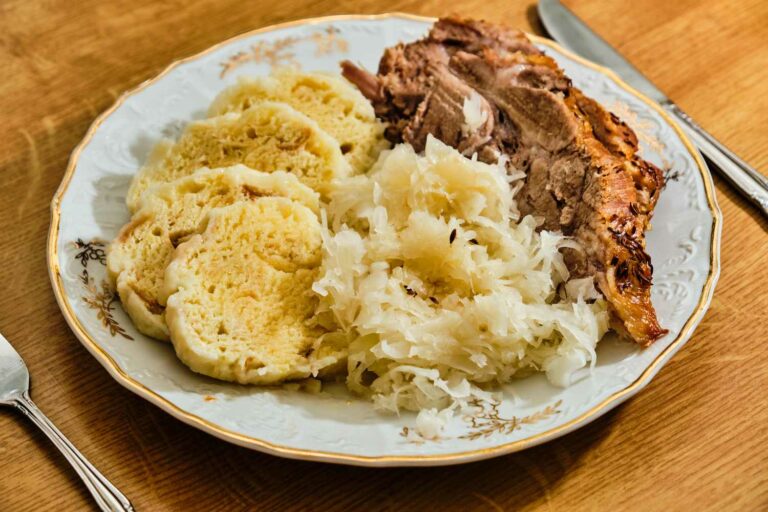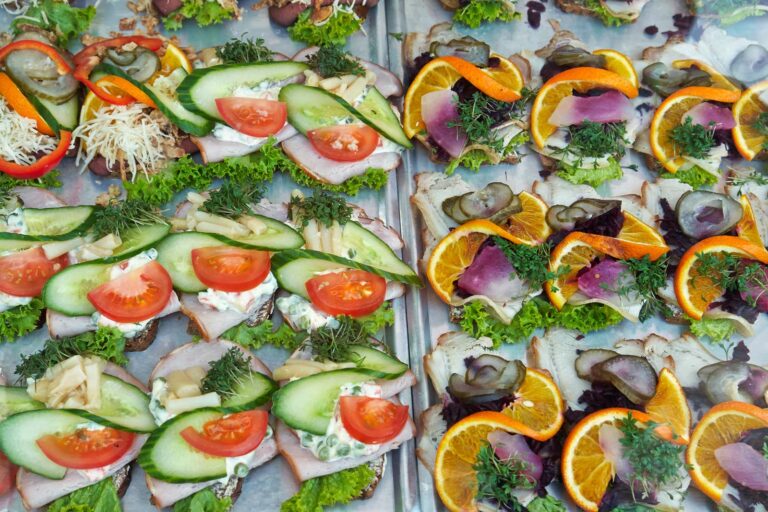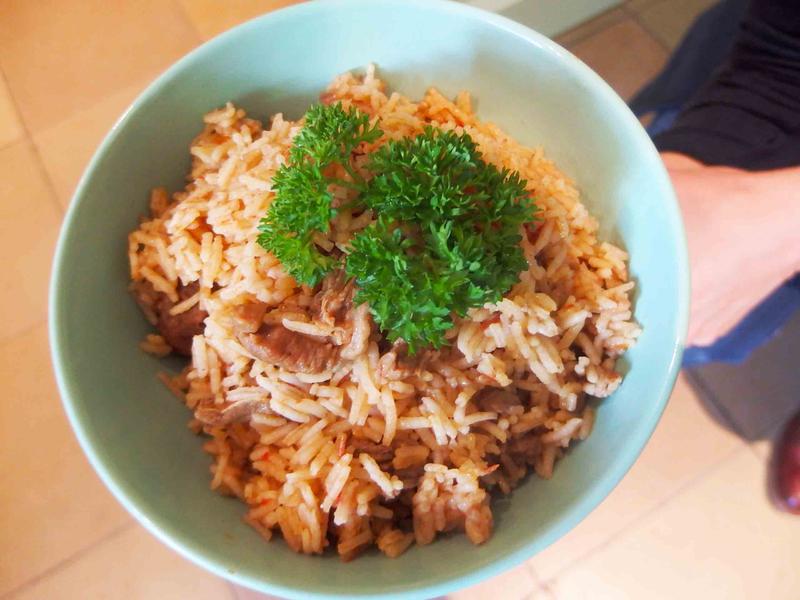Introduction: Costa Rican cuisine
Costa Rican cuisine is known for its use of fresh ingredients and vibrant flavors. Many of the country’s traditional dishes feature rice and beans as two of the primary ingredients. These staples have been an essential part of Costa Rican cuisine for centuries, reflecting the country’s rich culinary heritage.
Staple ingredients: rice and beans
Rice and beans are two of the most commonly used ingredients in Costa Rican cuisine. Both are versatile and can be used in a variety of dishes, from soups and stews to side dishes and main courses. The combination of rice and beans also provides a complete protein, making it an essential part of the traditional Costa Rican diet.
Historical importance of rice and beans
The use of rice and beans in Costa Rican cuisine dates back to pre-Columbian times, when indigenous peoples relied on these staples to sustain themselves. The combination of rice and beans was also popular among African slaves brought to the country during the colonial period. Today, rice and beans are still an important part of Costa Rican cuisine, reflecting the country’s diverse cultural heritage.
Traditional dishes featuring rice and beans
Some of the most popular Costa Rican dishes featuring rice and beans include gallo pinto, a rice and bean dish often served for breakfast; casado, a traditional lunch dish featuring rice, beans, meat, plantains, and salad; and arroz con pollo, a chicken and rice dish seasoned with a variety of spices.
Ways to cook and season rice and beans
Rice and beans can be cooked in a variety of ways, depending on the dish being prepared. They can be boiled, steamed, or fried, and seasoned with a variety of spices and herbs. Common seasonings include cumin, garlic, onion, and cilantro.
Nutritional value of rice and beans
Rice and beans are a nutritious combination, providing a complete protein, plenty of fiber, and essential vitamins and minerals. They are also low in fat and cholesterol, making them a healthy addition to any diet.
Variations on rice and beans in Costa Rican cuisine
While gallo pinto and casado are two of the most well-known dishes featuring rice and beans, there are many variations on these staples in Costa Rican cuisine. For example, rice and beans may be served separately, or mixed together with other ingredients to create new dishes.
Conclusion: versatile and essential ingredients
Rice and beans are essential ingredients in Costa Rican cuisine, reflecting the country’s diverse cultural heritage and rich culinary traditions. They are versatile, nutritious, and can be used in countless ways to create a wide variety of delicious dishes. Whether you’re a fan of traditional Costa Rican cuisine or looking to try something new, rice and beans are a must-try ingredient.










